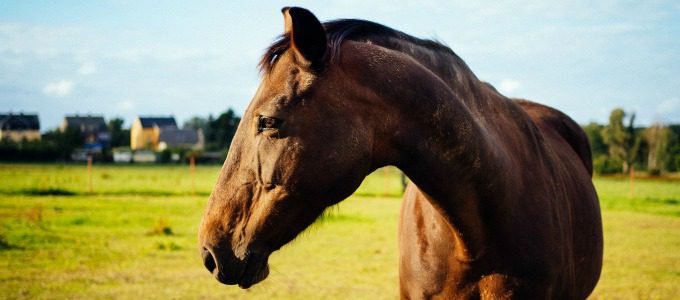For the past 8,000 years, horses have accelerated human development, ploughing our fields and carrying our goods. Today, we no longer require their muscle power. Instead, we need their intuition and wisdom for the more subtle challenges of mastering soft skills and becoming authentic leaders.
Leaders who can’t harness intelligence in body and brain — head, heart and gut aligned together — are at a distinct disadvantage in today’s complex and volatile business environment. Horses are exceptionally well suited to guide a learning process that facilitates this.
Equine-Facilitated Learning
Several methods for learning with horses have emerged since the Professional Association of Therapeutic Horsemanship International, formerly the North American Riding for the Handicaped Association, first began to uncover the human-equine relationship’s potential for healing in the late 1960s.
The method described here regards horses as facilitators. Alongside human experts, they conduct experiential exercises in the field and arena. There is no riding involved, and no need for experience with horses.
The core concept is learning how to use our bodies as “sensing devices” — like horses do, to hone nonverbal communication and emotional intelligence. The process stimulates several senses, creating sustainable impressions (Figure 1).

Why Horses?
Horses are natural facilitators in leadership and followership, and promote development in several ways.
Nonverbal, coordinated use of head, heart and gut: A considerable amount of human communication can be nonverbal. Working wordlessly with horses takes one into the body, and provokes coordinated use of the body’s main nerve centers or “brains”: the brain, heart and gut. Whereas humans tend to use their heads the most, horses are highly skilled at aligning all three.
Like people, horses follow energy and intention more than words, but to a much greater extent. Learning to move a horse using energy alone, one begins to motivate from a place of embodied wisdom. What’s more, horses don’t read business cards and could not care less if someone is the CEO or the janitor. Hence, people must rely entirely on in-the-moment, pure communication.
Boundaries and stress: As herd animals, horses are experts on relationships and boundaries. If someone can keep a 600kg, highly food-motivated animal away from a bucket of apples with just body language, that individual will be much more confident when protecting a team and its workload. On the other side of boundary management, leaders will be more discerning of how and when to invite new individuals, ideas and demands.
If the learner can send the same animal to sleep by rhythmical touch and breathing, they will have an in-body memory for creating intimacy and calm with co-workers. For executives who exist in constant movement, the ability to de-stress and enter restorative practice is more than just leadership effectiveness, it is a matter of sustainability and health.
Self-awareness: Horses’ survival depends on reading herd members’ internal states. This makes them radars for incongruence, able to spot hidden emotions or “fakery,” according to Linda Kohanov’s “The Power of the Herd: A Nonpredatory Approach to Social Intelligence, Leadership and Innovation.” Most people are not aware of what they radiate, but in a group of horses who naturally mirror unconscious states, they quickly learn what lies beneath the surface.
Sensitivity and mindfulness: As prey, horses have heightened awareness. After establishing that there is no lion in the bush, adrenaline drops much faster in a horse’s body compared with a human’s. This allows them to go back to a relaxed, “grazing” mode, where they spend most of their time. Humans tend to stay with the idea of the proverbial lion in their heads long after the incident has passed, causing prolonged unease.
By contrast, horses are zenlike in that they are fully in the now, not distorting reality with wishful thinking or worry. Being with them forces one to stay present, or lose their attention. This has the powerful effect of grounding the body, making one less self-focused and more approachable.
Impact on Leaders in Development
Learning with horses literally happens “in the field.” In this unfamiliar environment, participants quickly reach a level of vulnerability needed for deep personal development. In their gentle but frank manner, horses do not judge. They simply respond to give immediate, honest feedback, providing a safe learning space, open for experimentation on a range of issues (Figure 2).

The process is characterized by “high impact and slow release.” Learnings settle in the body long after sessions, contributing to sustained results as neural pathways are created and reinforced. Such powerful in-body memories are a consequence of learning through emotion before engaging the brain in rational thought.
Or as one senior executive said: “I’ve been to many trainings, but what I have learned with the horses has helped me come forward in a sustainable way. Sustainable because it is a deep experience — a certain feeling that I attach to the horses.”















